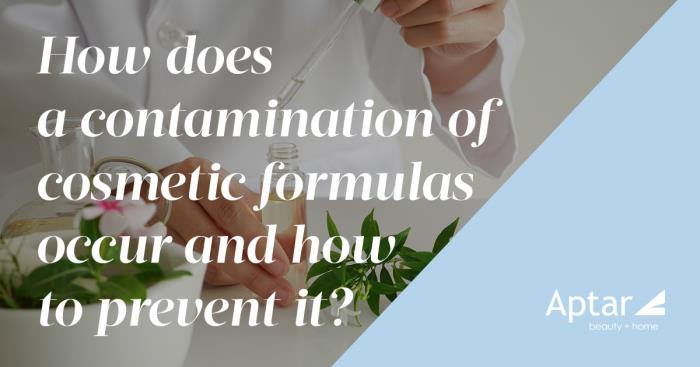

By Florence Roullet, Beauty Formulations & Materials Director, Aptar.
As the preservative-free movement gains traction, more fragile cosmetic formulas face a greater risk of bacterial contamination, even when that contamination cannot be seen by the naked eye. How does this occur? Let’s take look at this microscopic world…
Once upon a time, there was a cell…
All of us have bacterial flora on our skin that acts as a natural barrier. This microbiota is made up of millions of bacteria that can contaminate a cosmetic product upon contact during use. This contamination, which goes unnoticed at first, even with trillions of bacteria weighing on average one gram and most measuring just 0.1 to 4 microns wide by 0.2 to 50 microns long! Staphylococcus aureus – the bacteria that is most often associated with skin infections – measures around one micron in diameter. However, the human eye can only see details from 50 microns! This means that even a formula that appears to be fine could have been contaminated and be dangerous.
… and then a colony
Bacterial proliferation in a confined, warm and damp environment – such as a bathroom – is simply staggering. In just a few hours, a colony forms and visibly alters the formula’s organoleptic qualities, causing issues such as dark spots, separation and unpleasant odors. At this stage, it is much too late and the product must be thrown out. In addition to the obvious pathogenic risk – impetigo or a skin abscess in the case of a Staphylococcus aureus infection – the massive number of exogenous and potentially aggressive bacterial strains can upset the skin’s microbiota. Our natural barrier is weakened, which can lead to skin becoming more sensitive and a feeling of burning or uncomfortable dryness.
Protecting cosmetic formulas
It is very important to properly protect a formula containing few or no preservatives by limiting contact with air and skin during application. There’s no surprise here: manufacturers must use fully airtight containers that prevent contamination during use so consumers can safely continue using their favorite products.


.jpg)


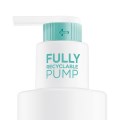
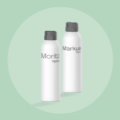
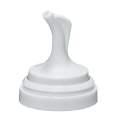
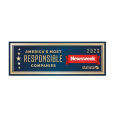


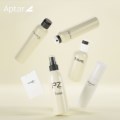

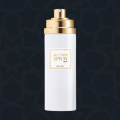


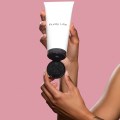



.jpg)

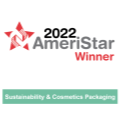
.jpg)
.jpg)
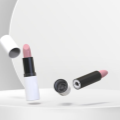
.jpg)


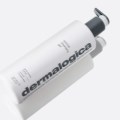


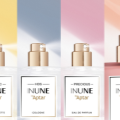









.jpg)
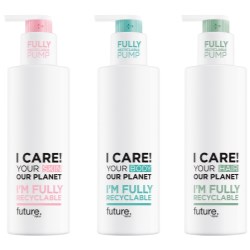
.jpg)

.jpg)
